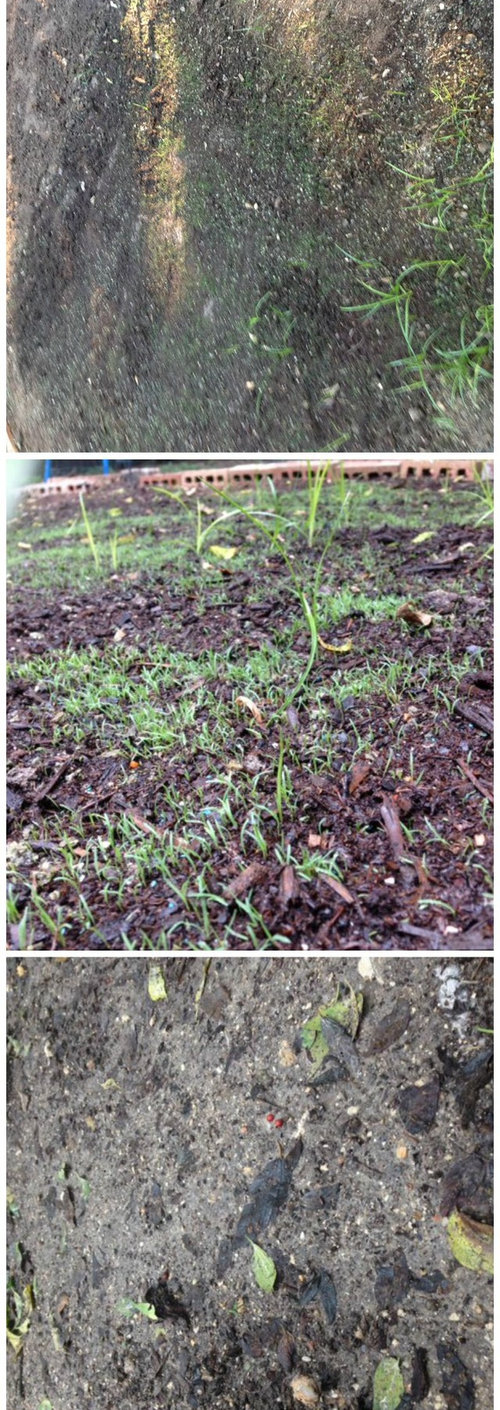Growing Grass in Clay Soil
ChrisFarker
9 years ago
Related Stories

GARDENING GUIDESHow to Stop Worrying and Start Loving Clay Soil
Clay has many more benefits than you might imagine
Full Story
GARDENING GUIDESGardening Solutions for Heavy Clay Soils
What’s a gardener to do with soil that’s easily compacted and has poor drainage? Find out here
Full Story
GARDENING GUIDESThe Poop Scoop: Enrich Your Soil With Good Old Manure
Get over the ick factor already — this natural super-ingredient for soil has so many benefits, you'll wonder why you ever went chemical
Full Story
GARDENING GUIDES10 Solutions for Soggy Soil
If a too-wet garden is raining on your parade, try these water-loving plants and other ideas for handling all of that H2O
Full Story
GARDENING GUIDESGet the Dirt on Your Garden’s Soil
Understand how your soil supports your plants so you can ensure your garden’s success
Full Story
FARM YOUR YARDHow to Get Good Soil for Your Edible Garden
The nutrients in your soil feed the plants that feed you. Here are tips on getting it right — just in time for planting season
Full Story
GARDENING GUIDESGardening Solutions for Dry, Sandy Soils
Has your desert or beachy site withered your gardening creativity? Try these ideas for a beautiful, easy-care landscape
Full Story
GARDENING GUIDES9 Clay-Busting Native Flowers for Summer Sun
These plants survive and even thrive in tough clay soil east of the Rocky Mountains
Full Story
GARDENING GUIDESGreat Design Plant: Purple Needle Grass, California’s State Grass
The long-lived, drought-tolerant Stipa pulchra is as admired for its benefits as for its good looks
Full Story
GARDENING GUIDESHave Acidic Soil in Your Yard? Learn to Love Gardening Anyway
Look to acid-loving plants, like conifers and rhododendrons, to help your low-pH garden thrive
Full Story








dchall_san_antonio
morpheuspa (6B/7A, E. PA)
Related Professionals
Clemson Landscape Architects & Landscape Designers · Kenmore Landscape Architects & Landscape Designers · Salem Landscape Architects & Landscape Designers · Vernon Hills Landscape Architects & Landscape Designers · Forest City Landscape Architects & Landscape Designers · Bethlehem Landscape Contractors · Brownsville Landscape Contractors · Englewood Landscape Contractors · Hampton Bays Landscape Contractors · Hayward Landscape Contractors · Middletown Landscape Contractors · Pikesville Landscape Contractors · San Rafael Landscape Contractors · Lisle Swimming Pool Builders · Shady Hills Swimming Pool Builderskrnuttle